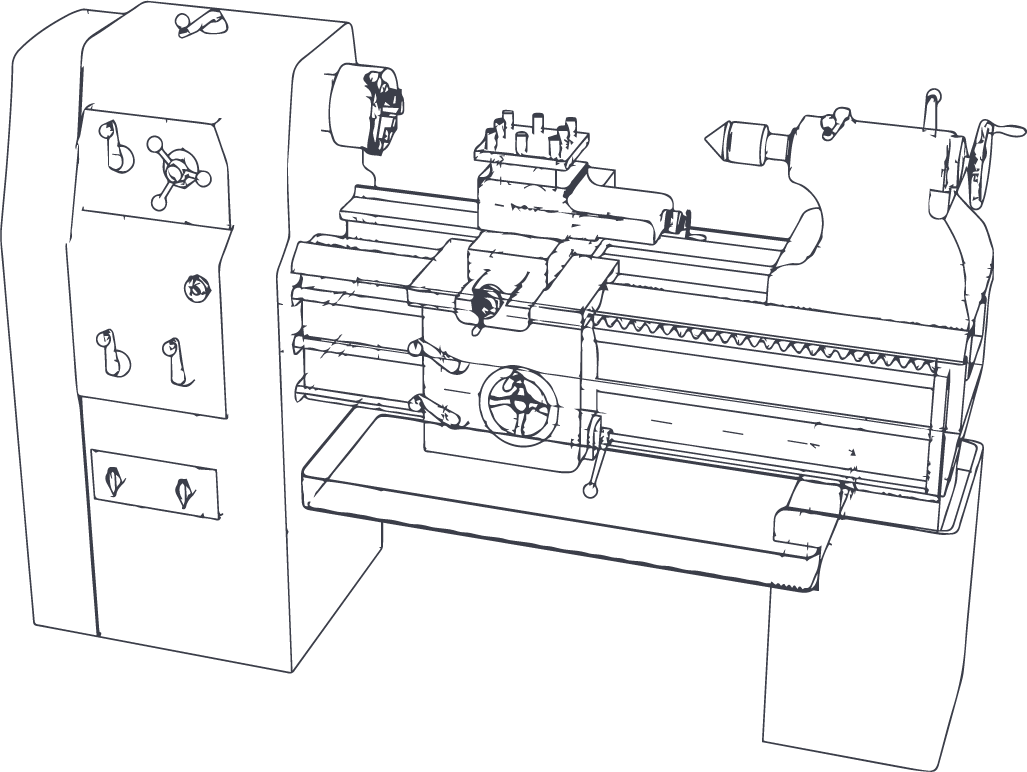CNC Turning
Find out how our CNC Turning service can precision engineer the components that you need.
| Fast turnaround | UK Manufactured |
|---|
| High Quality | Cost-Effective |

A Trusted Precision Engineering Supplier to Some of the UK’s Leading Companies



An Expert CNC Turning Service in the UK
EGL Vaughan is proud to offer our clients a CNC Turning service that showcases the best of what British manufacturing can achieve. Our high-quality precision engineered products are available to companies the length and breadth of the UK and for all areas of industry. No matter the requirements, you can rely on EGL Vaughan to meet your exact specifications – first time, every time.
We’ve lived and breathed the manufacturing sector for the last 40 years, cultivating an incredibly strong reputation for quality and service for our clients – something which has seen them return to us time and again. Our highly-skilled engineers are able to produce components that are built to stand the test of time and cope with even the harshest of conditions and environments.
Common Uses
- Machine Components
- Engine Components
- Camshafts
- Crankshafts
Recieve a Custom Quote
Need a precision engineered component? Click below to receive a rapid quote from our team.
Or Call: 01457 866 614
What is CNC Turning?
Computer Numerical Control (CNC) Turning involves creating bespoke precision engineered parts using a lathe. It is a subtractive machining process in which a cutting tool is placed against a spinning piece to cut material according to specific dimensions.
While other subtractive processes such as milling and plasma cutting secure the workplace and have the cutting carried out by a spinning tool, CNC Turning reverses this by rotating the workpiece and cutting it against the static tool.
To create precision engineered CNC Turning products, precise instructions are fed to the computer via CAD software. The lathe is then controlled by the computer to ensure that the items are produced and reproduced in accordance with exact specifications.
How does CNC Turning Work?
During the CNC Turning process, the piece of raw material that will be used to create the item (more commonly known as the ‘workpiece’) is secured onto an instrument called the ‘chuck’. The chuck is then rotated at a specific RPM. A static cutting tool is used to remove excess materials from the workpiece and create the required component according to the exact specifications.
The fact that sections of the workpiece are removed to manufacture the component means CNC Turning is known as a subtractive machining process – as opposed to methods such as 3D printing which is known as an additive process. Although the shapes created by a CNC Turning service are primarily cylindrical, components can also be squared or hexagonal.
CNC Turning processes primarily take place in specialised shops. The lathes that are used can either be horizontal or vertical, the use of which depends on the weight and tolerance range of the workpiece. The process can be used on the interior of the workpiece as well as the exterior (a process known as ‘boring’) to create components that are tubular in nature.
Advantages of a CNC Turning Service
When compared to manual turning operations, a CNC Turning service is much more desirable for a number of reasons. The first of which is that the process is incredibly cost-effective – due to the fact that it removes the risk of human error and allows for the creation of components on a mass scale with very little waste.
The use of machines in the manufacturing process also means that they do not need to take breaks, holidays or get sick – and they can even run overnight. This allows for a lot more scope for productivity.
The reduced turnaround time lets companies take on work with tighter deadlines and turnaround times that they would usually be able to. This allows for sustainable growth and enables firms to effortlessly meet market expectations.
The Origins of a CNC Turning Service
The lathe that is the backbone of a CNC Turning service is actually one of the oldest types of machine in existence that is still commonly used today. Its origins date back thousands of years to Ancient Egypt, where it was used in the creation of stone housewares. The process was carried out by using tools to work on a spinning surface. Fast forward hundreds of years to the Renaissance, and lathes were used to make gears, wheels and components for pumps and mills.
Lathes started to become larger, complex and much more powerful with the advent of the Industrial Revolution. The applications were also able to advance in terms of sophistication thanks to the use of steam and water power, meaning the products they produced could advance in quality.
Nowadays, lathes are used to manufacture all of the items listed earlier, but are also prominent in the production of everything from crankshafts and gun barrels to musical instruments and even parts for other precision machines. Incredibly diverse, lathes and CNC Turning in particular can be used to create items from a whole host of materials – from metals such as steel, aluminium and brass, to acrylic components and those used in the electronics industry.
CNC Turning lathes first came to the fore in the 1970s, when significant advancements in computer technology enabled the creation of a much more sophisticated controlling system. This takes a lot of pressure off the engineer and allows for much more precise and efficient projects.
Recieve a Custom Quote
Need a precision engineered component? Click below to receive a rapid quote from our team.
Or Call: 01457 866 614
